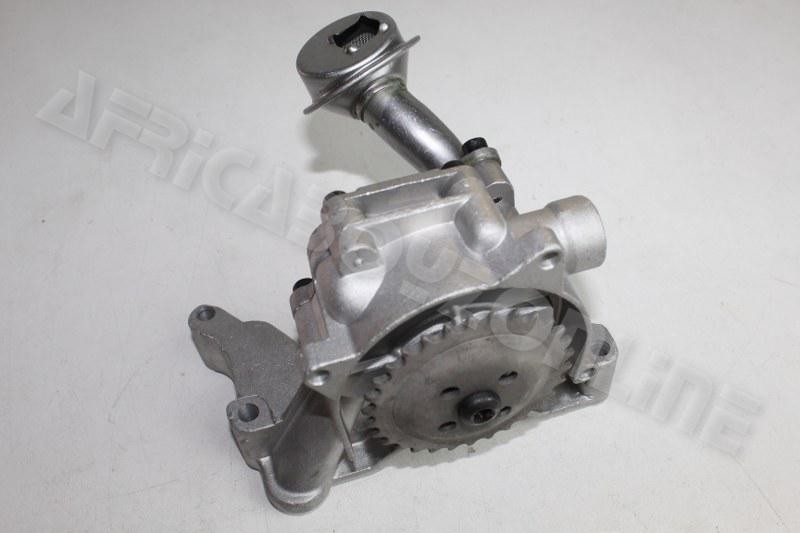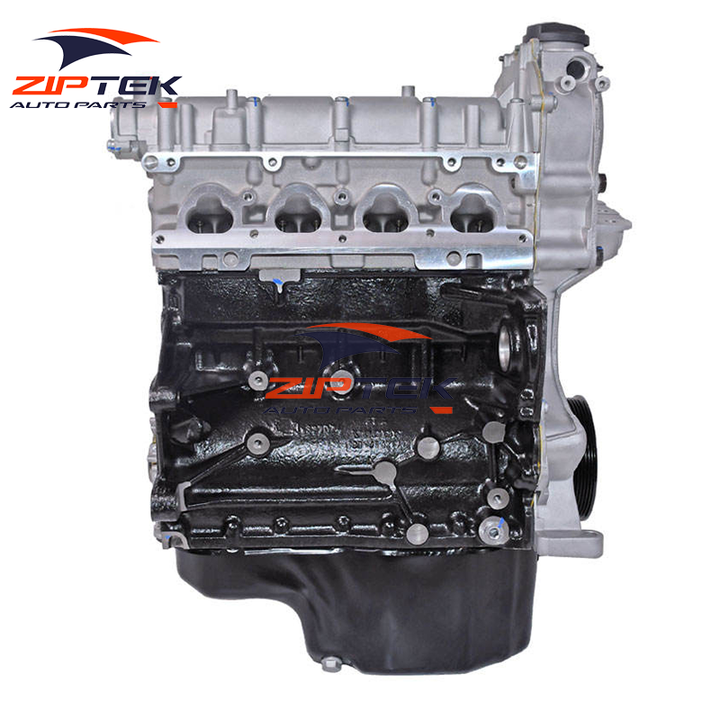Just How a Clp Engine Can Improve Performance in Various Industries
The advent of CLP engines marks a significant shift in functional effectiveness throughout different sectors, driven by their capability to maximize fuel consumption and minimize downtime. Industries such as production and logistics stand to gain significantly from their durable style and consistent power output, which guarantee to streamline operations and boost productivity. As organizations significantly prioritize sustainability together with performance, the role of CLP engines ends up being much more essential. What remains to be seen is exactly how these innovations will form the future landscape of commercial operations and their effect on more comprehensive financial fads (clp engine).
Introduction of CLP Engines
CLP engines, or Constant Liquid Propellant engines, represent a substantial advancement in propulsion modern technology, specifically for area applications. These engines use a continuous feed system that permits the continual expulsion of propellant, causing improved efficiency and efficiency contrasted to conventional solid or hybrid propulsion systems. By preserving a constant flow of liquid propellant, CLP engines can accomplish much more exact thrust control, which is important for navigating spacecraft in numerous goal circumstances.
The style of CLP engines incorporates innovative materials and cutting-edge gas monitoring systems. clp engine. This causes lowered weight and increased integrity, crucial variables for long-duration area objectives. The constant operation reduces the threat of combustion instability, a typical difficulty in traditional rocket engines.

Advantages in Manufacturing
The manufacturing of Continuous Fluid Propellant (CLP) engines offers numerous noteworthy advantages that enhance both efficiency and cost-effectiveness. One of the key benefits is the streamlined production procedure, which lowers the complexity connected with traditional propulsion systems. By utilizing liquid propellant, makers can attain greater accuracy in engine efficiency, resulting in maximized power result and lowered waste.
Additionally, CLP engines facilitate a greater level of modularity, permitting simpler integration into various production lines. This flexibility can substantially decrease preparations and enhance total functional versatility. The use of CLP technology additionally has a tendency to reduce the demand for substantial maintenance because of fewer relocating parts, which equates right into lowered downtime and functional costs.

Applications in Logistics
Leveraging Constant Fluid Propellant (CLP) engines in logistics uses substantial benefits in functional performance and integrity. These engines give a durable solution for various transportation requirements, making it possible for the smooth movement of goods across vast distances. The intrinsic style of CLP engines enables consistent power output, which equates into smoother and much more foreseeable transport schedules.
One of the crucial applications of CLP engines in logistics remains in sturdy products transportation, where they can drive both ground and airborne cars. Their capability to preserve high performance under differing tons conditions ensures that distribution timelines are satisfied, thus improving customer complete satisfaction. In addition, CLP engines can be integrated into automated logistics systems, facilitating real-time monitoring and enhancing route preparation.
Furthermore, the durability of CLP engines lowers maintenance downtime, allowing logistics firms to maximize their functional abilities. This is specifically useful in warehousing procedures, where effectiveness in handling and moving products is critical. As logistics remains to evolve, the combination of CLP engines stands for a forward-thinking approach that not just improves performance yet likewise sustains the industry's expanding demands for integrity and speed.
Influence On Energy Performance
How do Constant Fluid Propellant (CLP) engines boost energy performance in transportation? CLP engines use a regular flow of liquid fuel, enhancing burning processes and keeping a stable thrust outcome. This layout reduces power losses associated with standard burning engines, where fuel shipment can differ and bring about inefficiencies.
The continuous procedure of CLP engines allows for a much more effective thermal cycle, causing higher particular impulse contrasted to traditional engines. clp engine. This translates to lowered fuel usage for the exact same quantity of job done, considerably lowering operational expenses throughout numerous transportation fields, consisting of aviation and maritime industries
Furthermore, the capability of CLP engines to preserve ideal performance under differing tons problems minimizes the demand for constant get more velocity and slowdown, additionally boosting gas effectiveness. Enhanced energy effectiveness not only contributes to cost savings however likewise brings about decrease greenhouse gas exhausts, straightening with global sustainability objectives.
Future Trends and Innovations
Arising developments in Continual Liquid Propellant (CLP) engine innovation pledge to change the landscape of transportation efficiency and sustainability. As markets pivot towards greener choices, CLP engines stand at the forefront, incorporating ingenious products and design methods that improve efficiency while reducing environmental effect.
One of the most promising trends is the adoption of hybrid systems that integrate CLP engines with renewable energy resources. This synergy can enhance gas intake and decrease emissions, lining up with international sustainability goals. In addition, developments in computational liquid characteristics (CFD) are helping with the style of even more aerodynamically efficient engines, bring about lowered drag and boosted gas effectiveness.
Furthermore, the development of clever tracking systems is established to boost operational effectiveness. These systems leverage data analytics and IoT innovation to find out optimize engine efficiency in real-time, making certain that the engines run within their most efficient criteria.
As research proceeds to discover alternative propellant solutions-- such as biofuels and synthetic fuels-- the future of CLP engines looks promising. By utilizing these technologies, markets can not only boost their efficiency but likewise add significantly to a cleaner, a lot more lasting future in transport.
Conclusion
In verdict, CLP engines stand for a substantial development in efficiency across several markets. The integration of innovative materials and fewer moving parts decreases upkeep needs, while placement with sustainability objectives settings CLP engines as a critical modern technology for the future.
Comments on “Achieve peak performance with a reliable clp engine.”